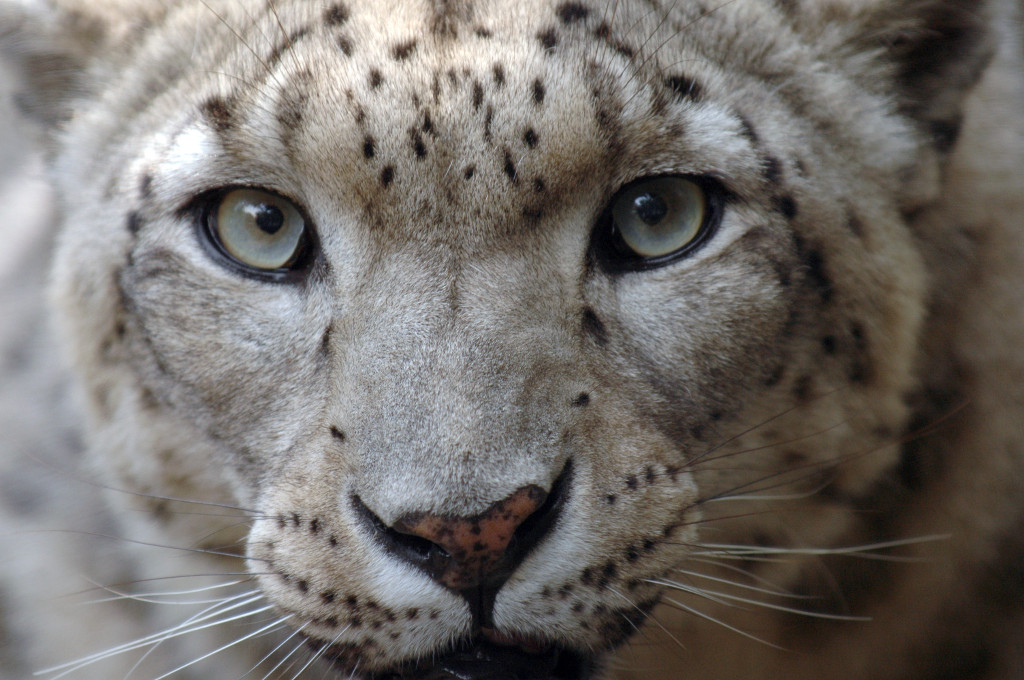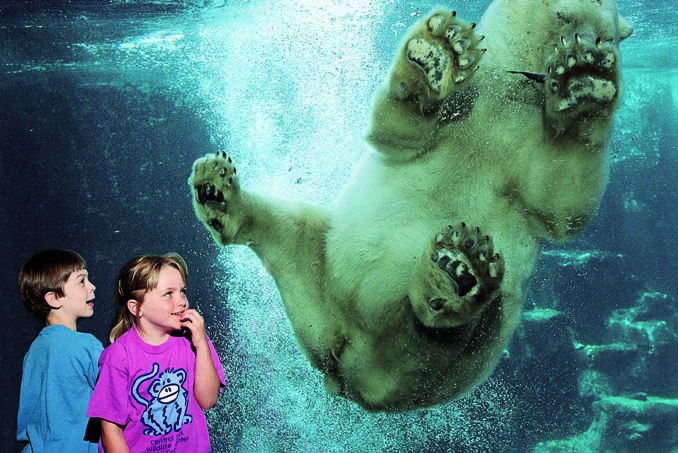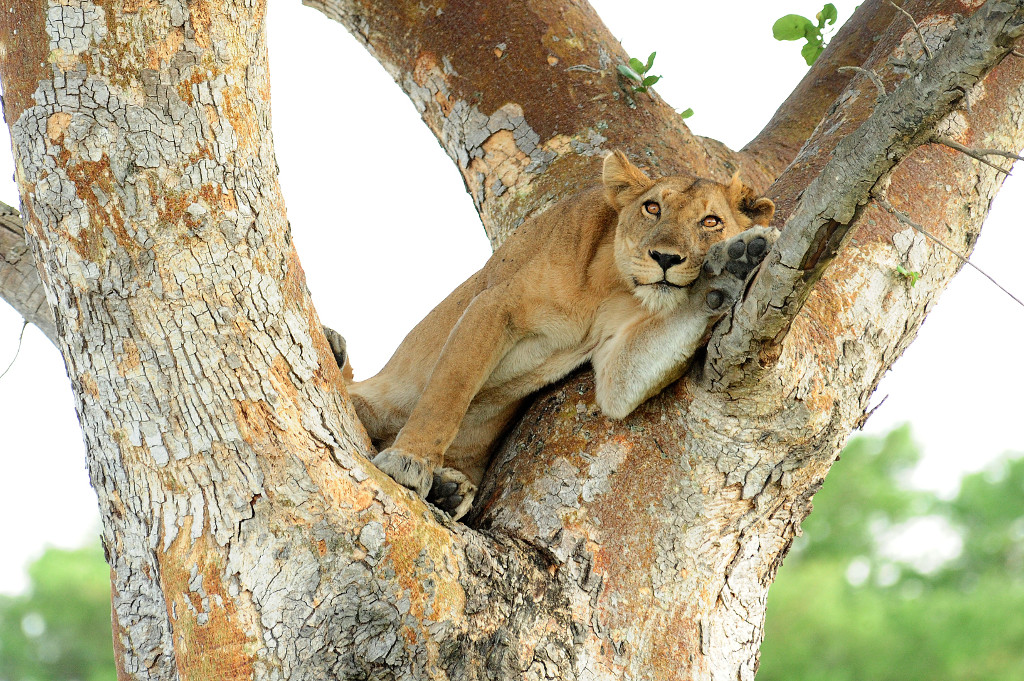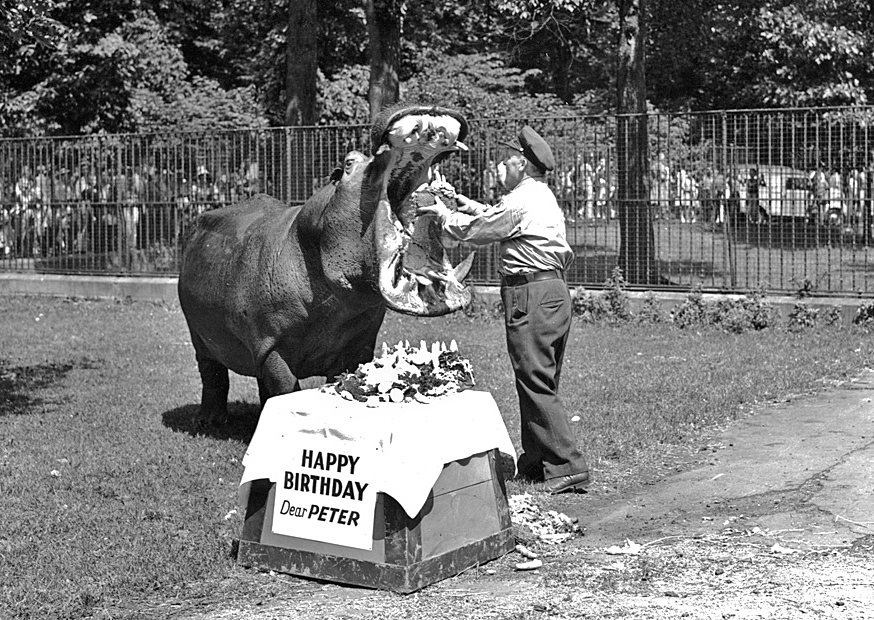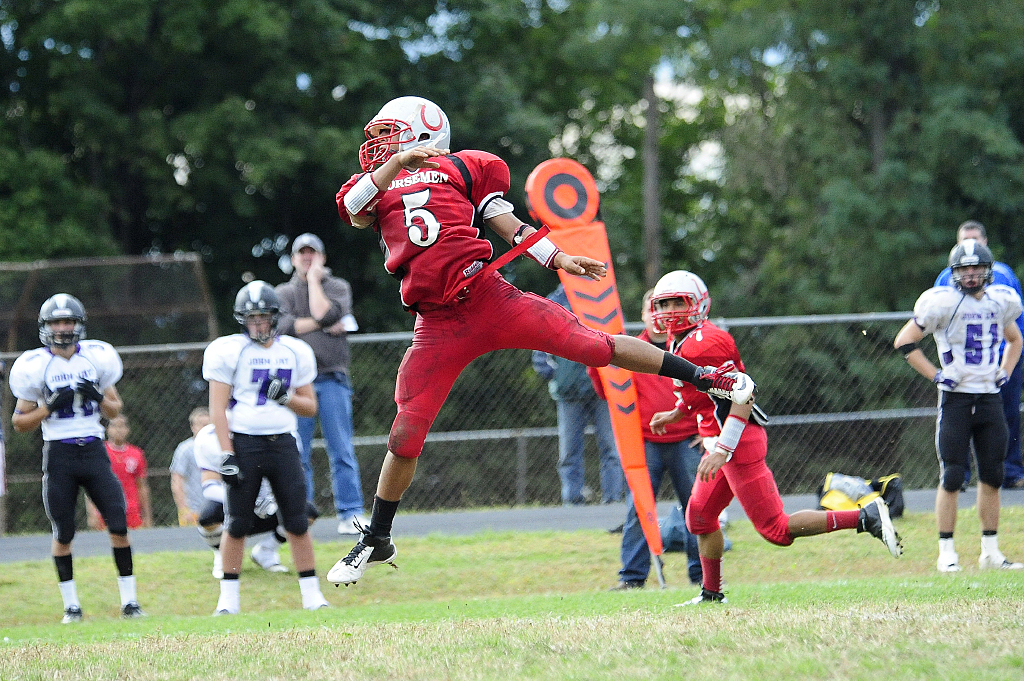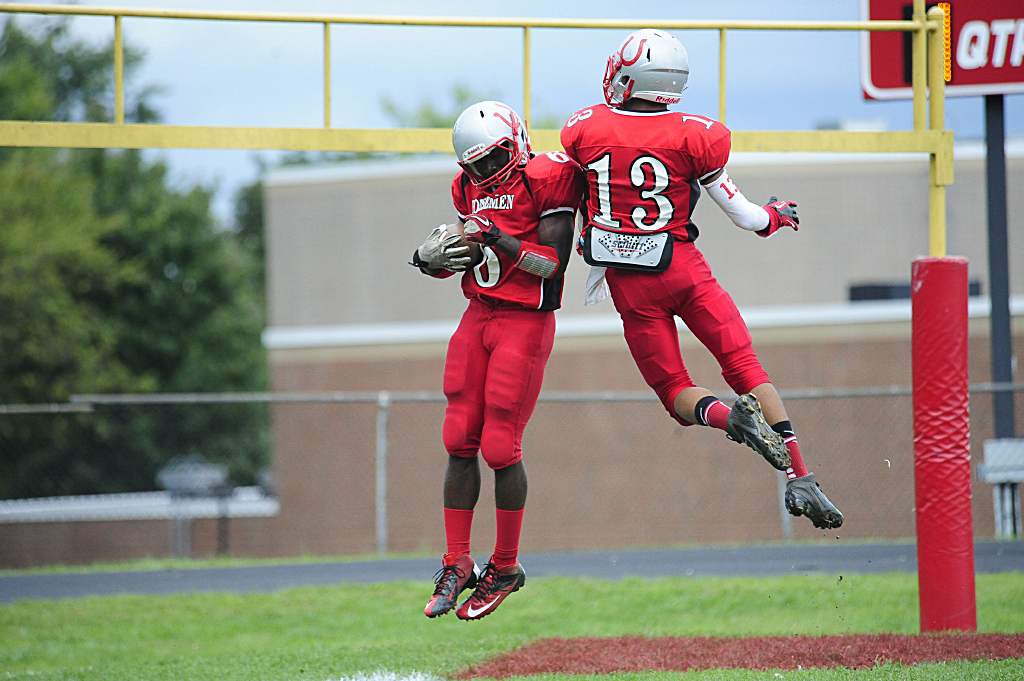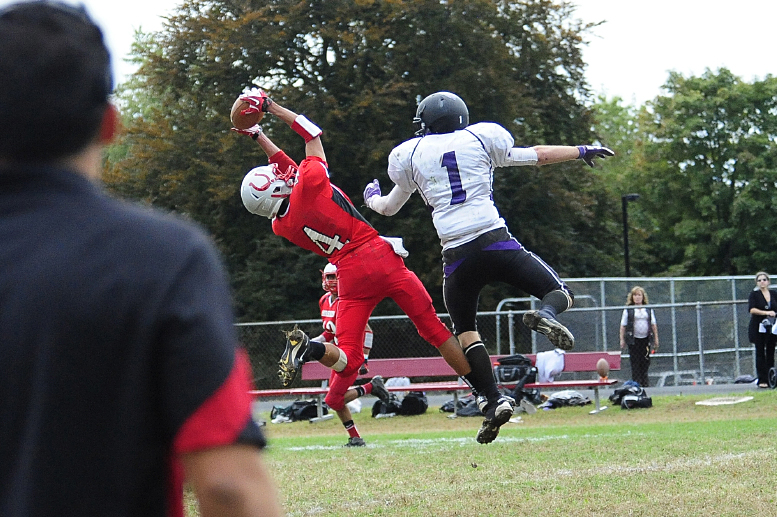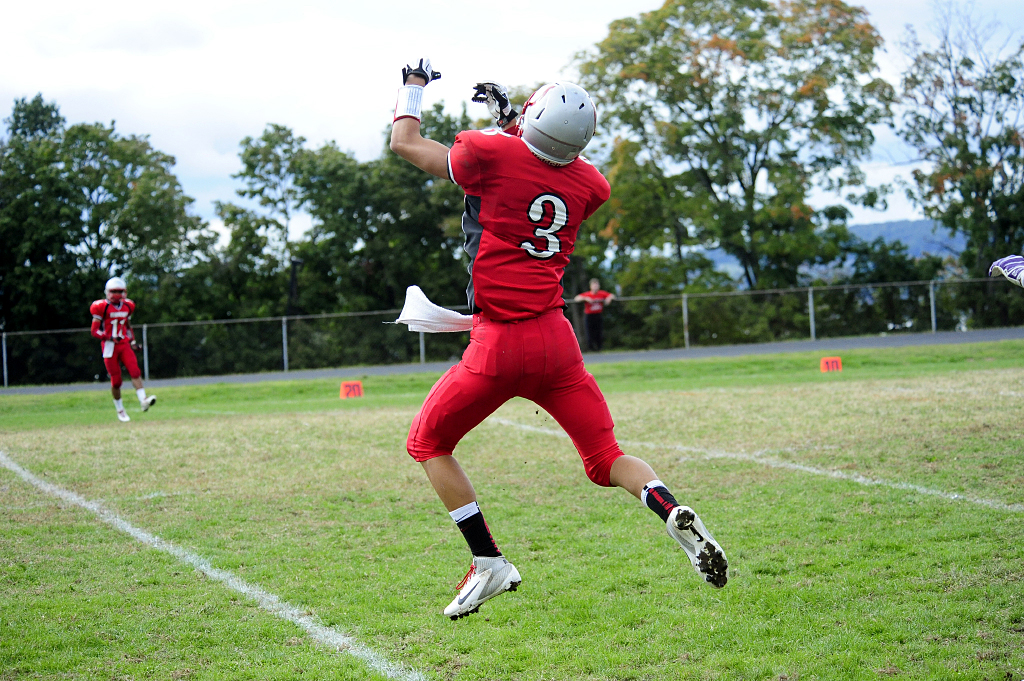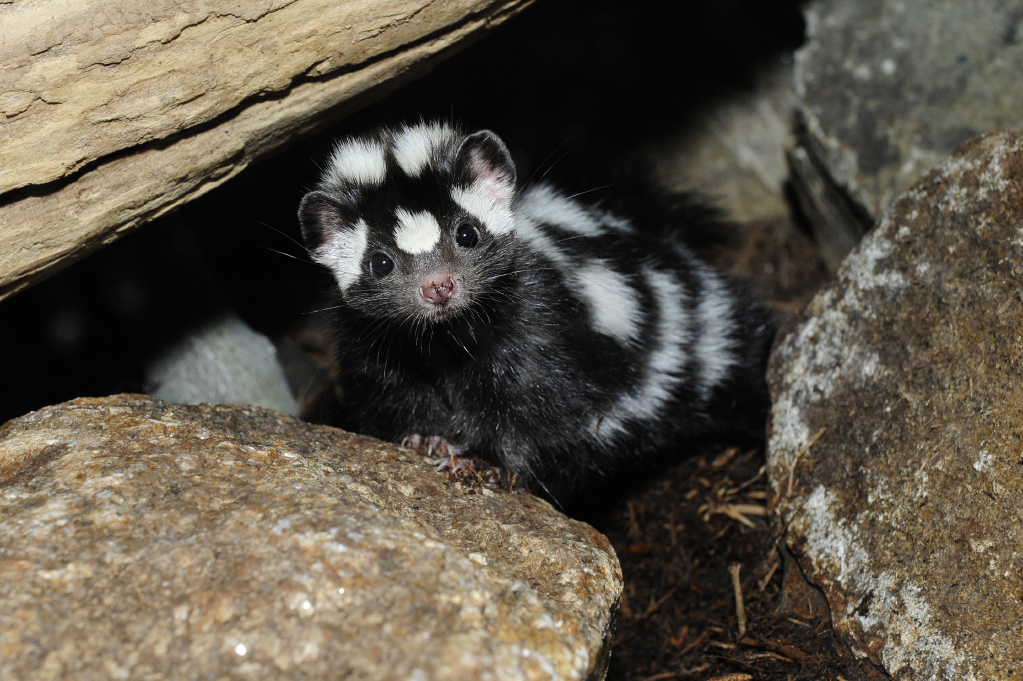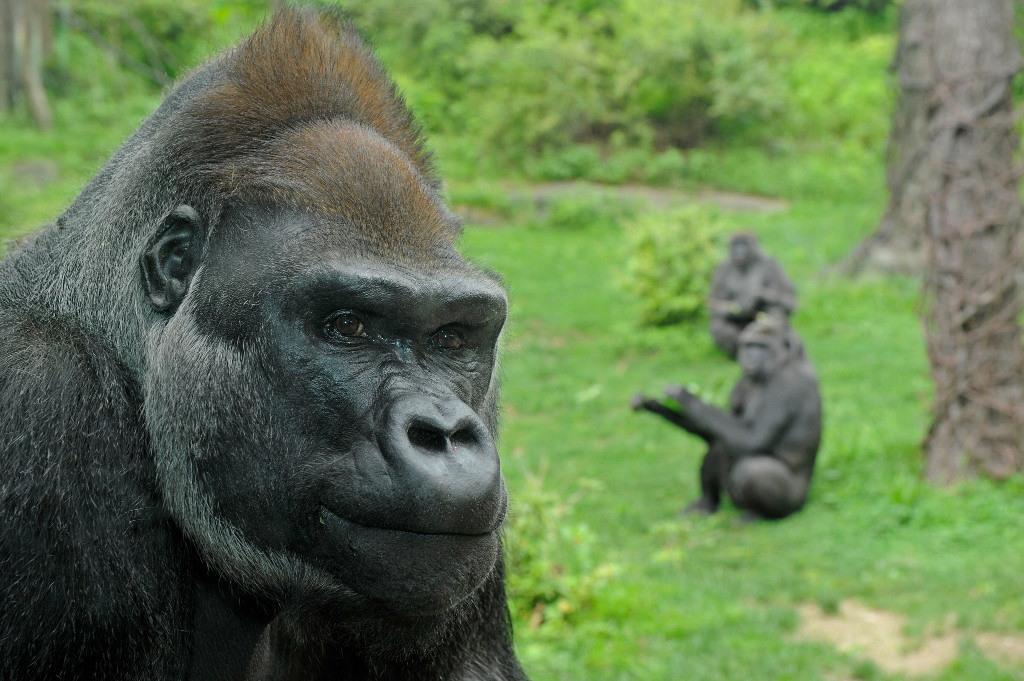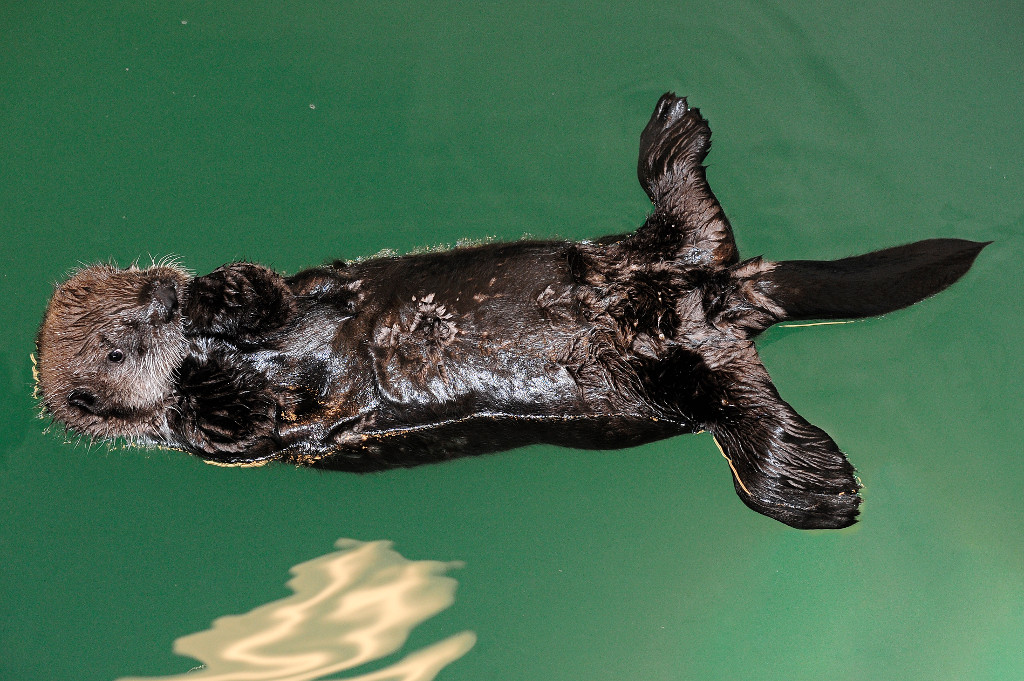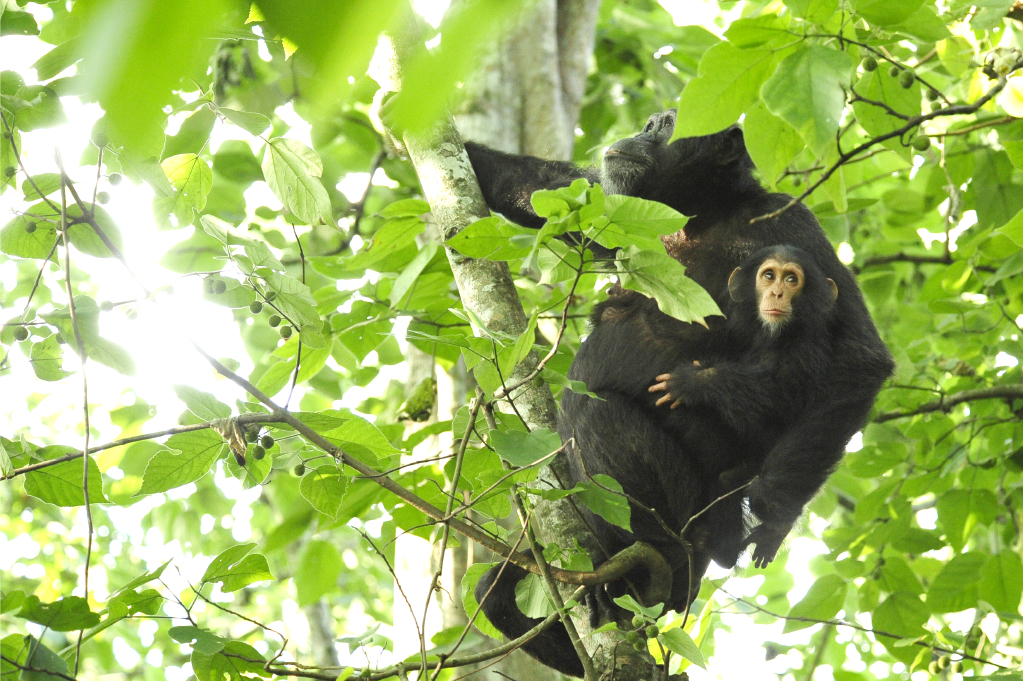C E L E B R A T I O N S
Make forever memories by taking photos of your kids with animals at our zoos. Instead of posing your family and asking them to look at the camera, wait for a moment of action, like our Central Park Zoo’s polar bear splashdown, and the picture makes itself.
This shot is from our WCS Photo Collection from more than a decade ago taken by Dennis DeMello, my predecessor as WCS Staff Photographer.
To our subjects—Happy 18th Birthday, Megan, and Happy World Animal Day, Gus, the polar bear!
